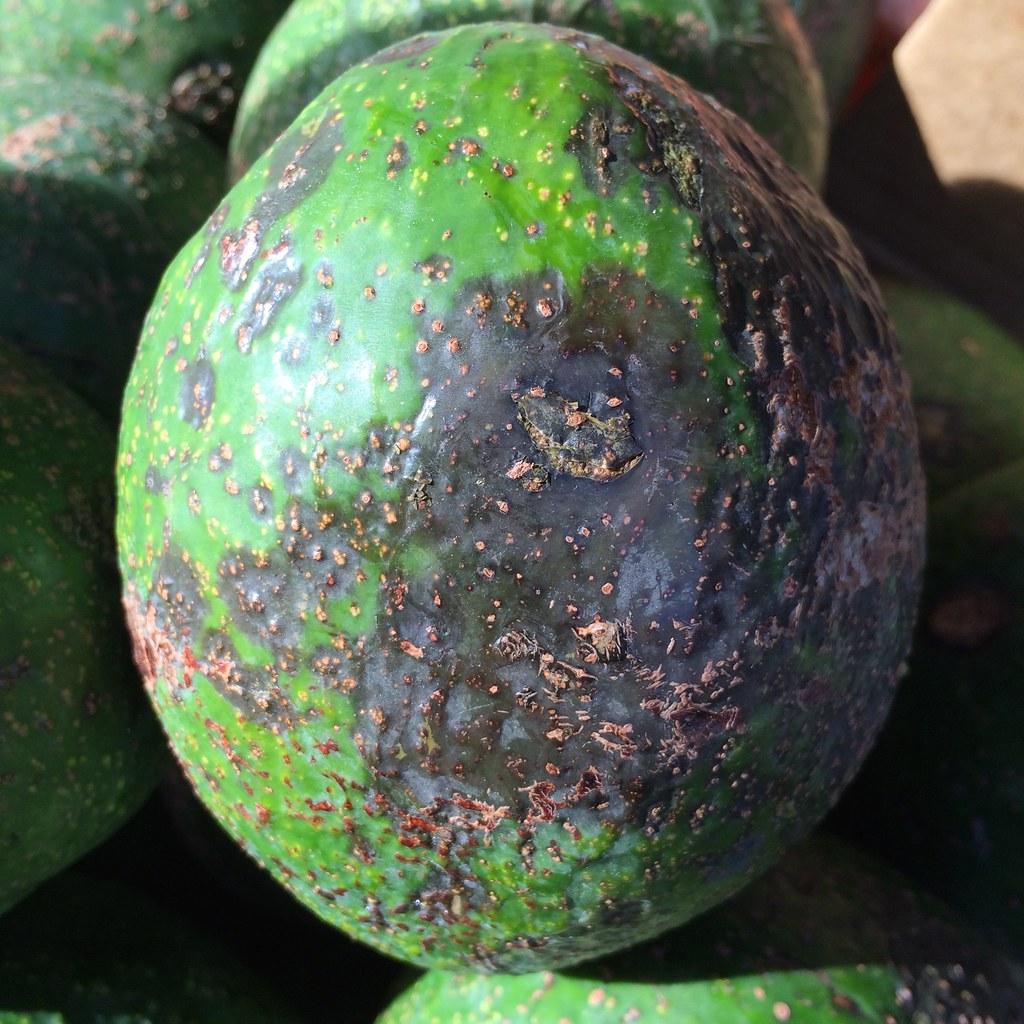
Anthracnose
Elsinoe spp.
What is Anthracnose (Elsinoe spp.)?
Anthracnose, caused by various species of fungus such as Elsinoë ampelina, is primarily a grape rot disease. It is commonly referred to as bird's-eye rot due to the distinctive appearance of the symptoms on the infected plants. It causes grey-centred spots with brown to black margins on young leaves, resembling a "shot-through" appearance. In addition, it can be highly destructive when it occurs in vineyards.
How does Anthracnose (Elsinoe spp.) occur?
Anthracnose fungus survives winter in infected grape shoots, canes, and berries. In spring, rain facilitates the development and spread of conidia spores. Infected areas produce asexual fruiting bodies (acervuli) and conidia during wet weather, leading to secondary infections. Anthracnose is prevalent in regions with rainy, warm, and humid climates.
Symptoms
1 - Effect on plants
Anthracnose has severe consequences for plants, weakening them, reducing growth, causing yield loss, defoliation, and susceptibility to other diseases. It negatively affects fruit quality, quantity, and vineyard health overall.
2 - Soil Health
It affects nutrient cycling, microbial activity, soil fertility, and ecosystem functioning. Furthermore, severe cases require removing infected vines, disrupting crop rotation plans, and limiting agricultural diversification.
4 - Biodiversity
Grapevine health decline and reduced yield can indirectly impact wildlife and organisms relying on grapes, disrupting local biodiversity and ecological interactions in vineyard ecosystems.
Solutions
1 - Cultural Practices
1. Effective control relies on removing and destroying infected plant parts, eliminating nearby wild grape hosts, and implementing proper training systems and leaf removal to improve air circulation. 2. Choosing grape varieties resistant to Anthracnose can help prevent or reduce disease incidence. 3. Anthracnose thrives in rainy and warm weather. Monitoring temperature and precipitation patterns can help assess the risk of infection. 4. Utilizing vineyard management support systems like vineyards can provide timely advice for disease control in your vineyard.
2 - Chemical Control
Common fungicides used for controlling Anthracnose in grapevines include sulfur-based fungicides, copper-based fungicides, and synthetic fungicides containing active ingredients like azoxystrobin, boscalid, or pyraclostrobin. Proper application following label instructions.
